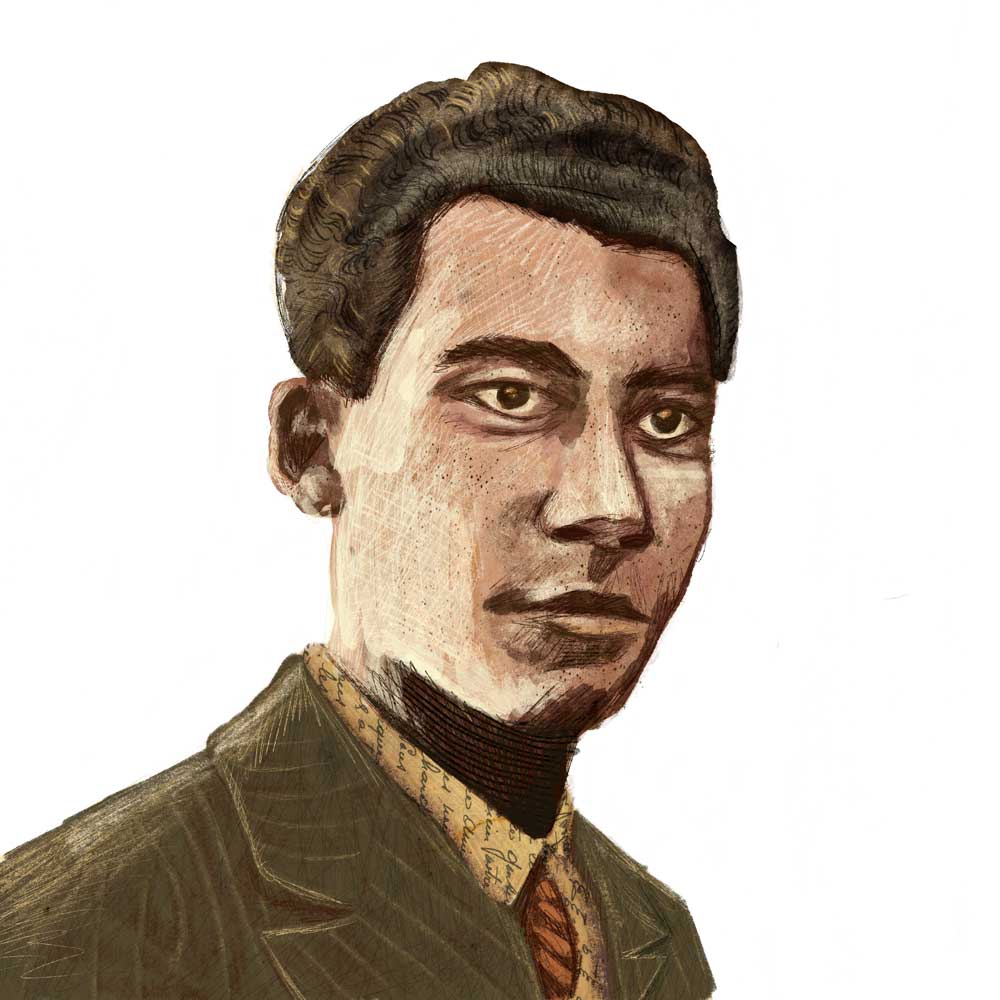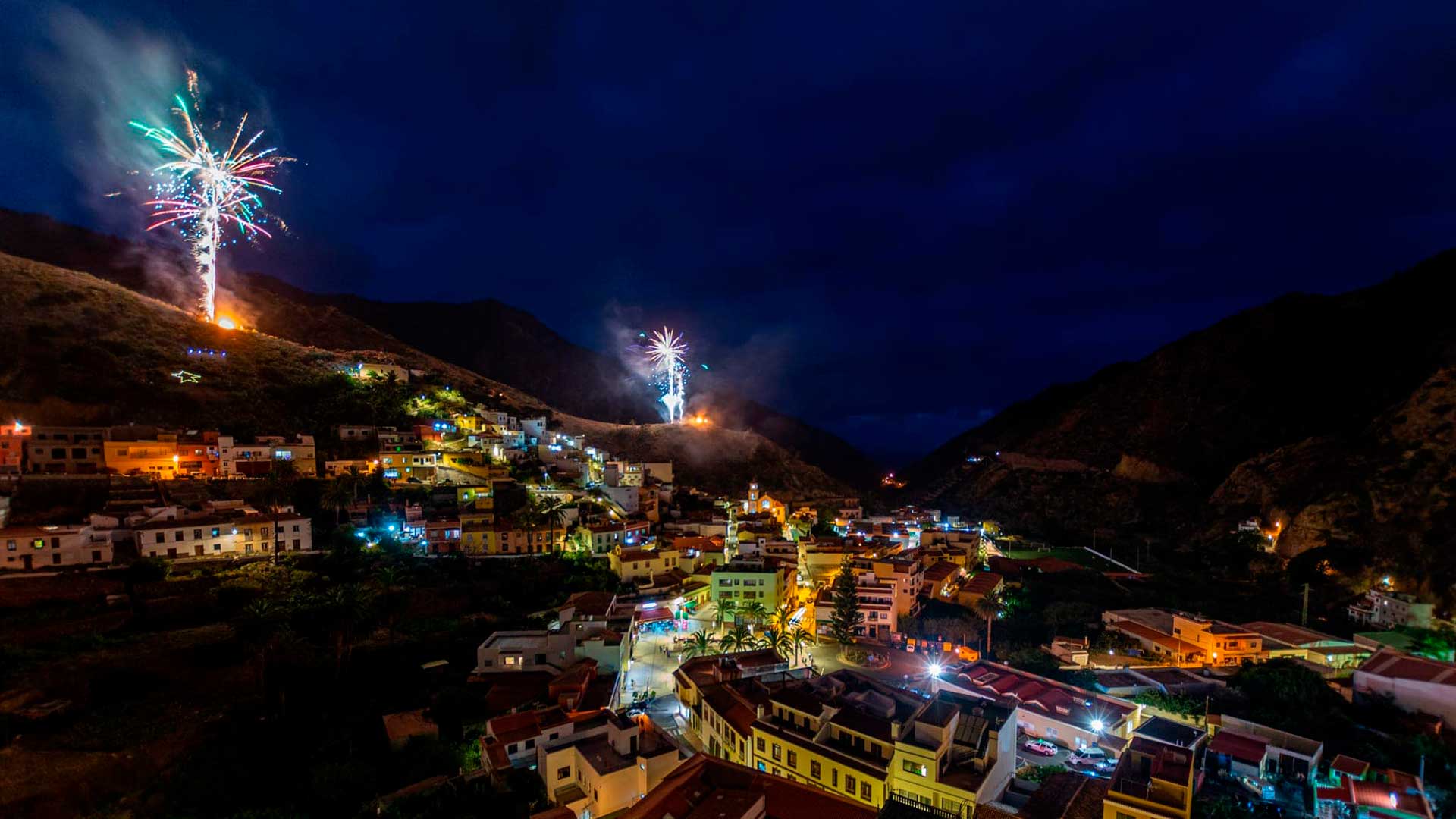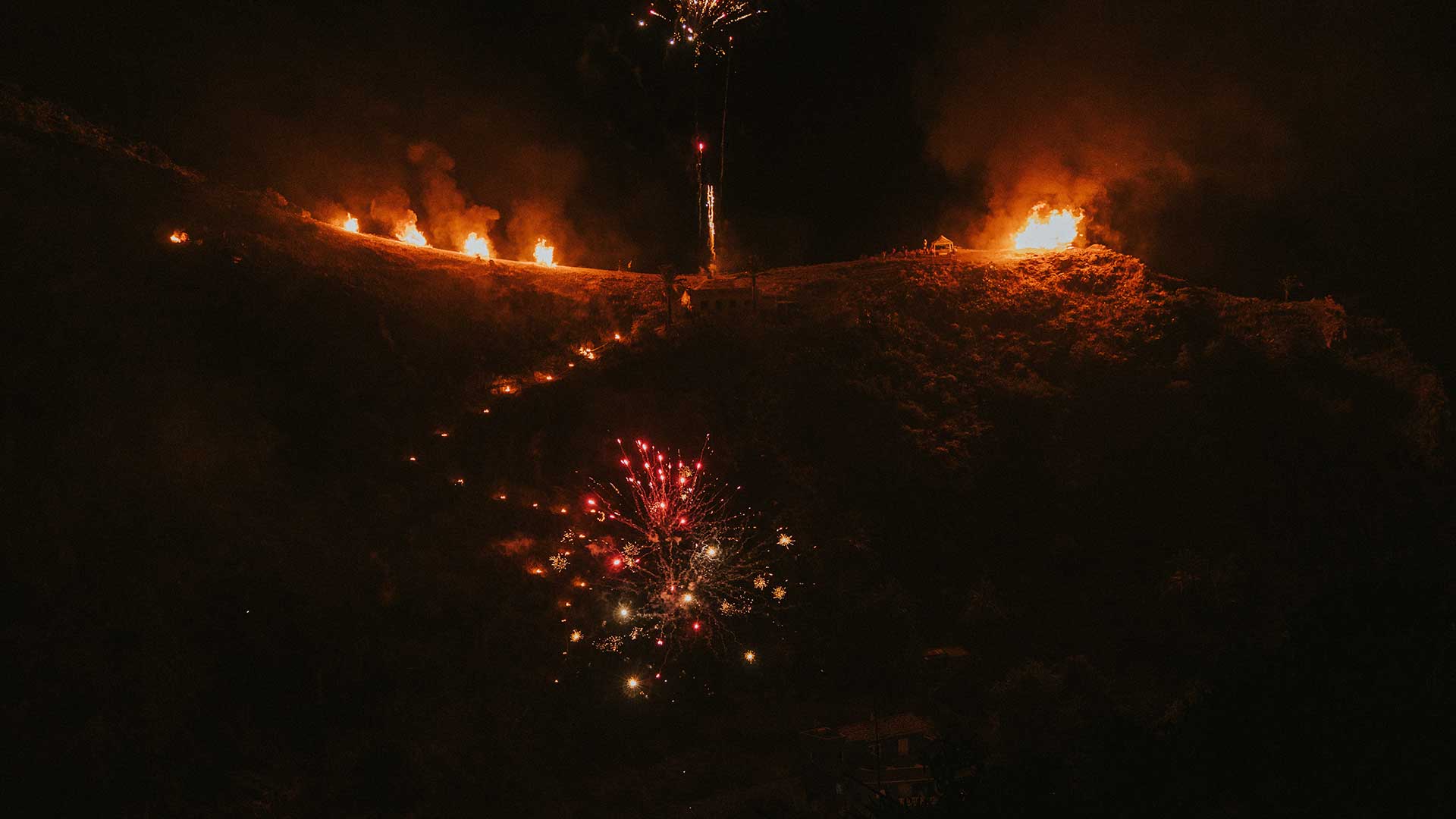Vallehermoso: Village of Poets
Vallehermoso is a village of poets. Whether due to its spectacular geographical setting or the sensitivity of its people, the municipality has given birth to relevant personalities in regional literature, from the immense figure of Pedro García Cabrera to popular poets, decimists, and verse-makers.
Pedro García Cabrera
He is the most important figure in Canary Island literature. Pedro García Cabrera, born in Vallehermoso in 1905, became one of the most prominent poets not only of his generation but also of the entire regional scene. From an early age, his childhood was imbued with popular music and verses that resonated in his family environment. These experiences nourished his lyric and inspired him to compose his first poems. His early poetry books, such as 'Líquenes' (1928) and 'Transparencias fugadas' (1934), earned him recognition in literary magazines and newspapers of the time.

In addition to his poetic talent, García Cabrera also got involved in politics. In 1931, he joined a republican-socialist coalition and became a spokesman for the Santa Cruz de Tenerife city council. His political commitment was reflected in his work, which addressed social issues and criticisms of Gomeran boss politics. During the Spanish Civil War, he was arrested and deported to a prisoner camp in the Sahara, where he wrote one of his most impactful poetry books, 'Romancero cautivo'. After his release, he joined the republican army in Andalusia and suffered an accident that left after-effects.
Upon his return to Tenerife, García Cabrera continued writing and publishing notable poetry books. His poetry was characterized by evoking the sea, the island landscape, and reflections on the human condition. Throughout his career, he left works like 'Día de alondras' (1951), 'Vuelta a la isla' (1968), 'Las islas en que vivo' (1971), and 'Hacia la libertad' (1978). His poetry stood out for its narrative strength and its ability to portray the social and emotional reality of his time.
Pedro García Cabrera passed away in 1981, but his poetic legacy endures. His poetic work is remembered as a song to freedom and to the essence of La Gomera. His poetic voice shaped the collective imagination of a dreamt island in search of freedom. The memory of this universal poet will always remain alive, honoring his contribution to Canary Island literature and his unique artistic vision.
Bohemia Pulido Salazar
She was the most outstanding poet of La Gomera in the first half of the 20th century. She was born in Vallehermoso in 1895 and passed away in her hometown in 1960. She was the first Gomeran woman to write a poetry book, although she could not see it published in her lifetime.

At an early age, the Gomeran poet became a regular presence at the island's poetry recitals. Her style, sensitivity, and emotionality earned her public recognition. From 1919 to 1937, her name appeared in several Tenerife newspapers such as La Prensa, El Progreso, and La Gaceta. Although her poetry, inspired by the landscape of La Gomera, gave her some fame in the local poetic scene, her status as a woman kept her in an unknown and marginalized position within the insular culture.
The newspaper 'La Voz de Junonia,' edited in San Cristóbal de La Laguna by the student youth of La Gomera, becomes an important witness to the existence of Bohemia Pulido Salazar. In this context, the presence of another poetess from Vallehermoso named Elsa Miriam also stands out. The coincidence of two female poets in the same place and time raises questions about their relationship and contribution to the local literary scene. Vallehermoso became a focal point of cultural brilliance during the 1920s, with the presence of figures like Pedro García Cabrera, the Bethencourt Padilla brothers, and the painter José Aguiar, who left an indelible mark on the island's artistic history.
Despite the lack of information about her life, the poetic work of Bohemia Pulido Salazar reveals a lyrical and melancholic personality. In a fragment published in the Hespérides magazine in 1927, under the pseudonym of Rafael, her verses are described as rays of a tormented soul and full of pessimism. Her poems reflect great sincerity and intense, sometimes overwhelming, inspiration. There is evident deep connection with suffering, the mystery of life and death, and a daydreaming that leads her to explore the sadness and beauty of existence.
The Popular Poets
Emigration to Cuba and the return of the 'indianos' transformed Canarian rural society. In popular music, the Cuban 'punto' replaced local verses as the preferred poetic form. Thus, the décima and the punto became the popular form of expression in La Gomera, with Vallehermoso playing a crucial role in their survival and dissemination.
We cannot understand the popular poetry created in Vallehermoso based on verses, ballads, décimas, and Cuban puntos without remembering its greatest exponents, who often saw their verses and compositions published in books edited by the City Council, standing out in recitals, parties, and meetings between verse-makers and improvisers.
Among these popular poets, we cannot forget Tanagua Hernández, Cheo García, Juan Morales, Isidro Ortiz, Carmelo Morales, Luis Amaya, or Lucas Mesas. Names that have put lyrics to the stories of the municipality, to its wanderings, to its traditions. They are the soul of a centuries-old culture inherited from America and that on the return journey became Gomeran.
Their legacy remains alive through publications that collect, in the form of an anthology, their compositions and can be found in the library and centers of the municipality as witnesses to a way of identifying with the rhythmic language of the metric and which today are part of the heritage of the people of Vallehermoso.


